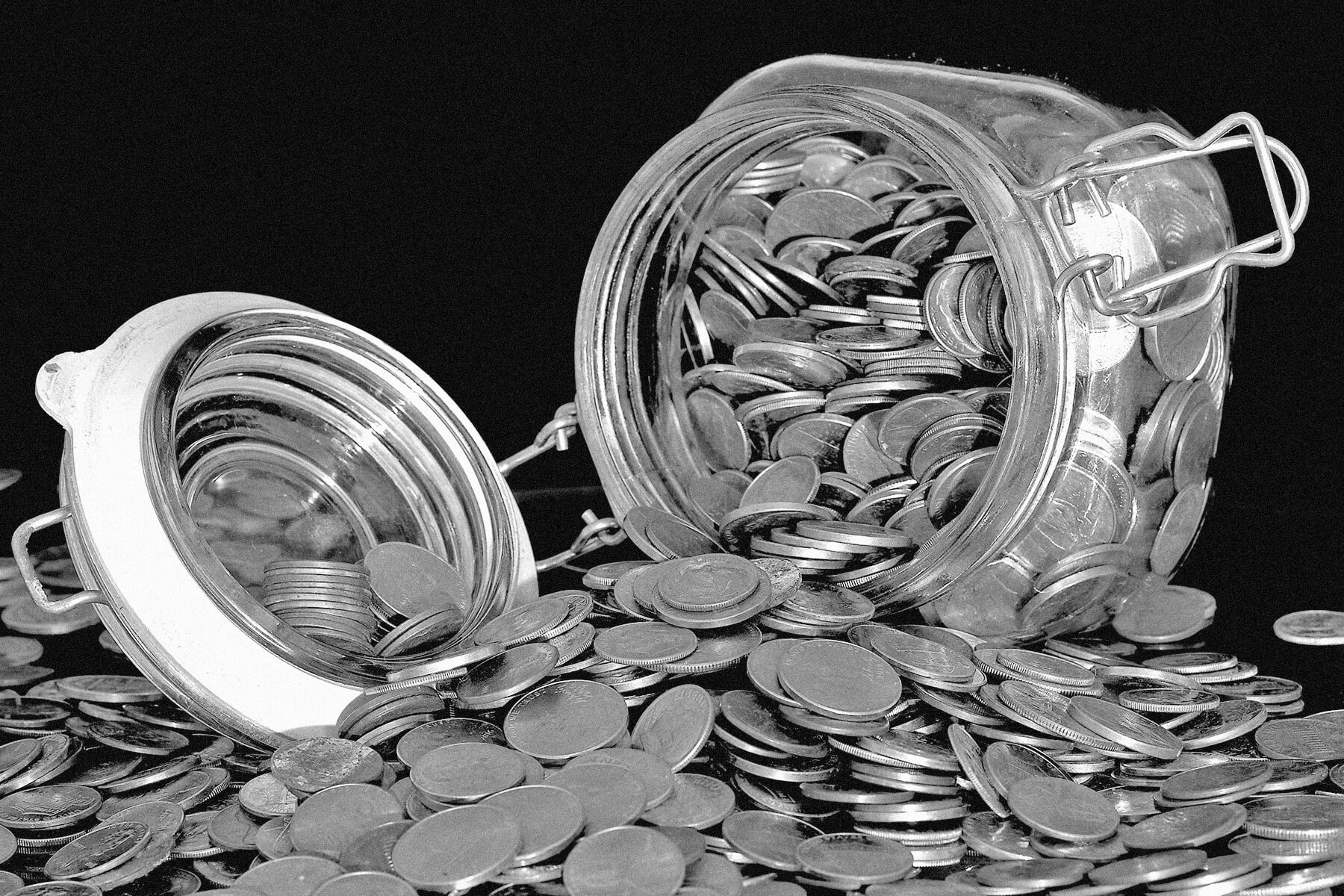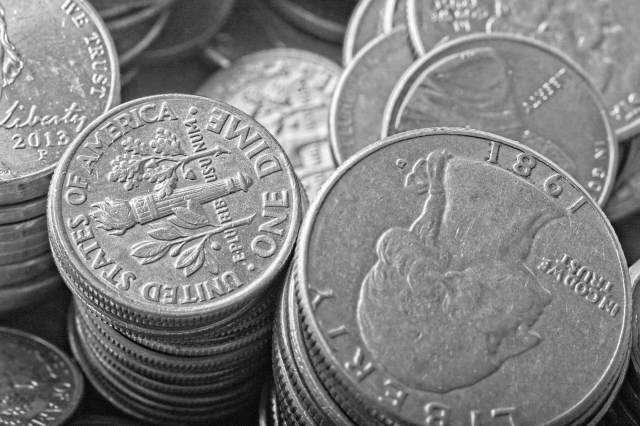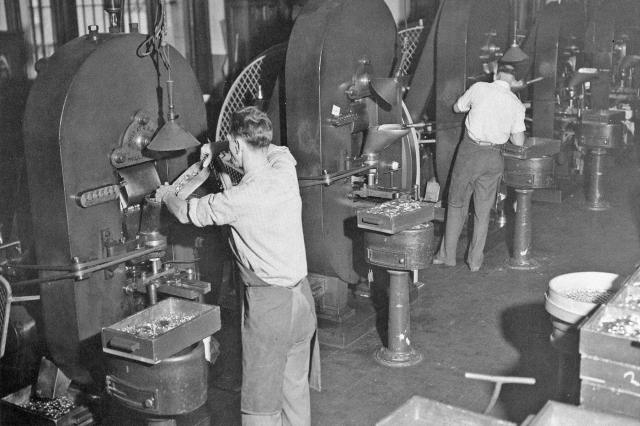Why Do Some Coins Have Ridged Edges?
You’ve probably noticed that of the four coins that are in wide circulation in the United States today, two, the dime and the quarter, have a series of ridges on the edge. According to the U.S. Mint, this is technically referred to as a reeded edge. But is the reeded edge purely decorative, or does it serve a purpose? The answer goes all the way back to the 17th century, before the U.S. was even founded.

When the U.S. Mint opened in Philadelphia in 1793, the coins it produced were made of copper, silver, and gold, in accordance with the Coinage Act of 1792. Because coins of this era were made of precious metal, they were vulnerable to a practice known as clipping, which involved cutting off a small portion around the circumference of the coins. A skilled clipper would shave off enough from the coins to eventually amass a quantity of scrap metal worth cashing in, while also ensuring that the coins weren’t conspicuously reduced in size or weight, allowing the altered coins to still be spent.
Clipping had been common in 17th-century Europe, and it was so prevalent in England that by the end of that century, almost half of the silver content was absent from circulating English coins. This resulted in the metal composition of the coins being lower than their face value, a discrepancy that threatened to create a financial crisis throughout the continent, as well as in the European colonies. In order to combat the practice, England began minting coins with ridged edges; a smooth edge on any part of a coin would then be a telltale sign of clipping. When the United States was founded as an independent nation, the U.S. Mint followed suit by designing its higher denomination coins with reeded edges right from the beginning.

















